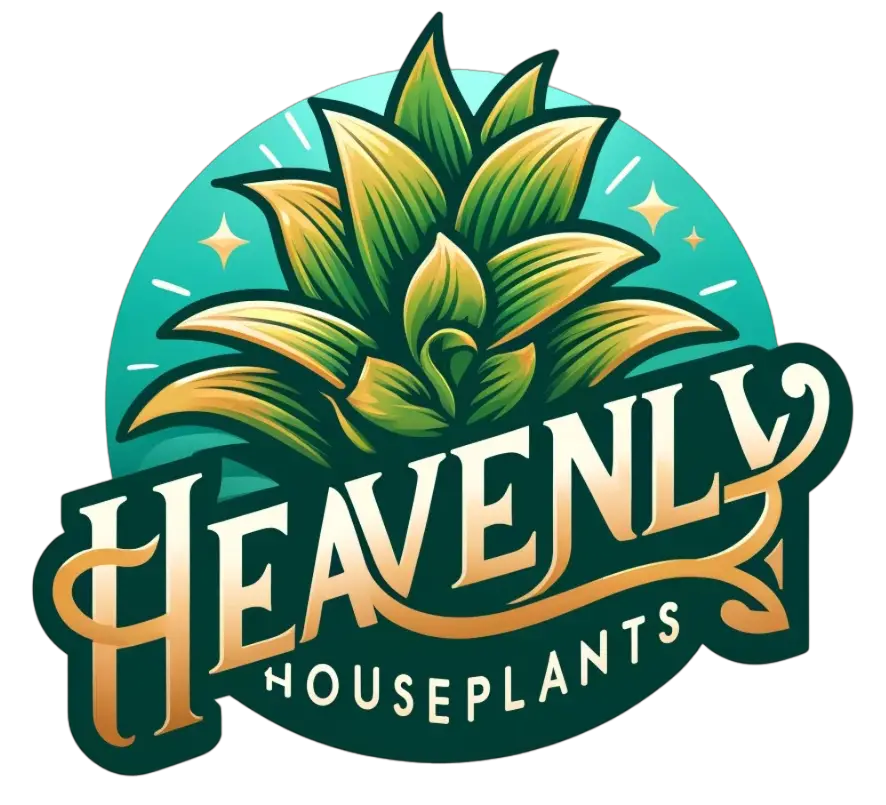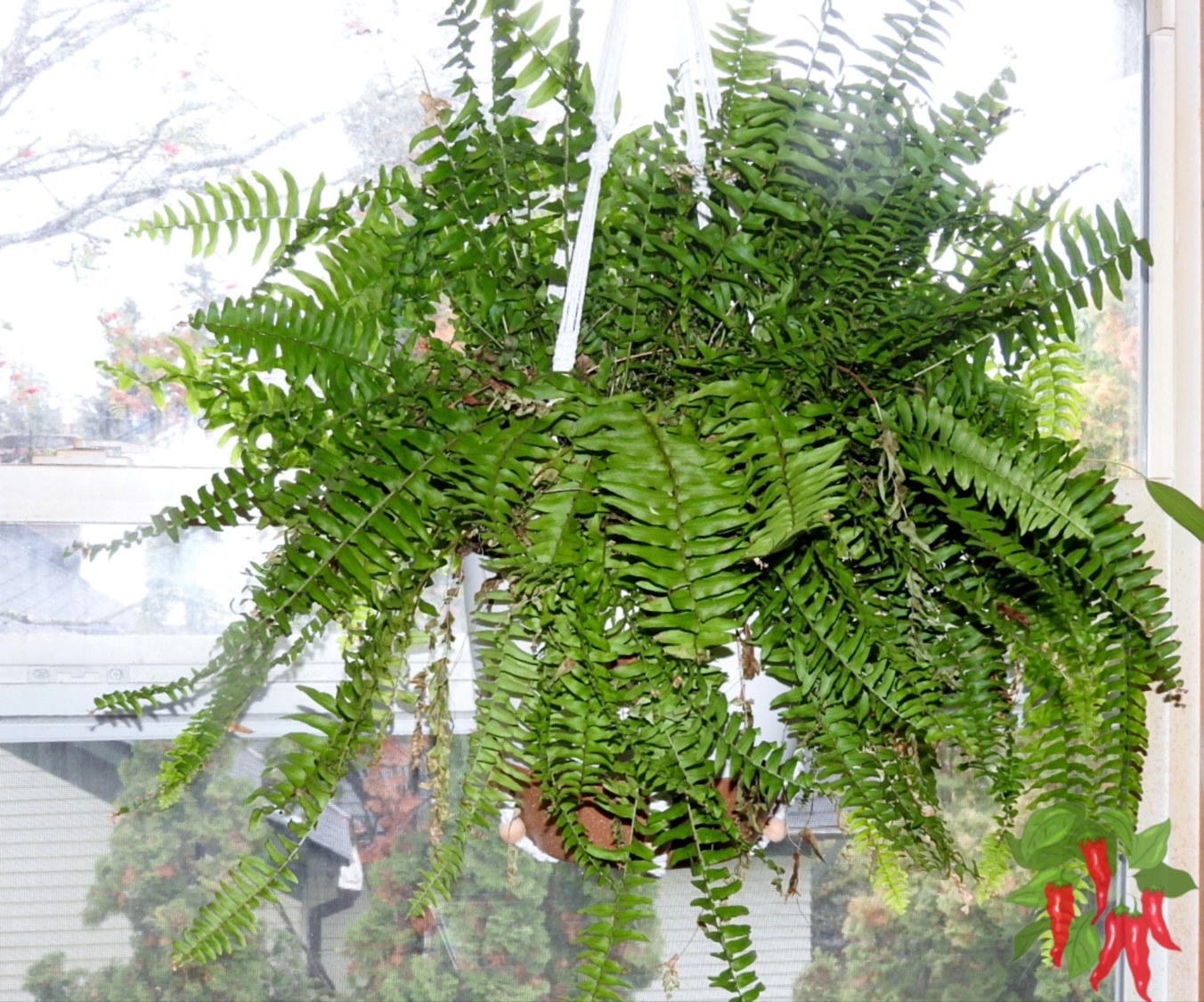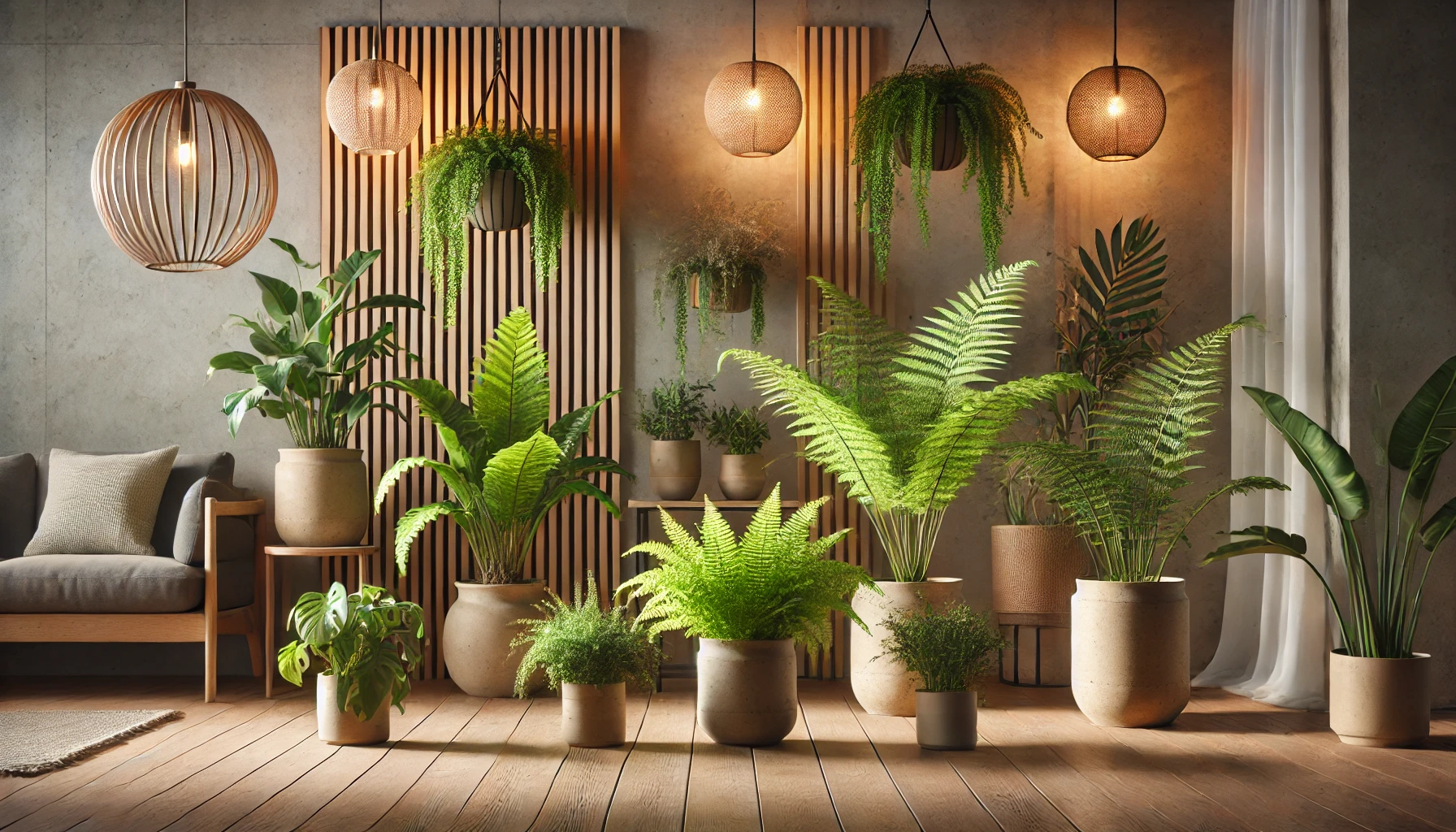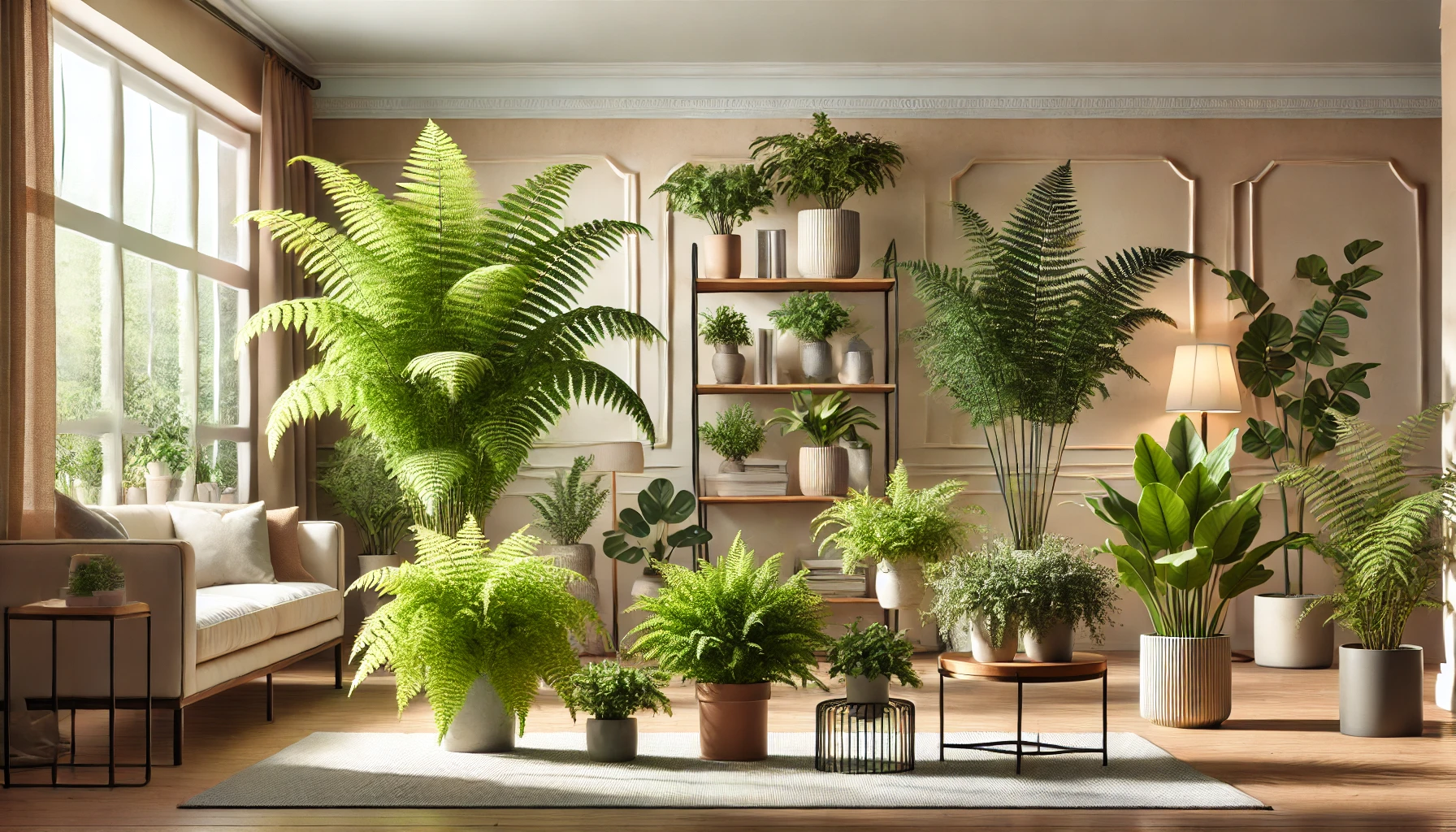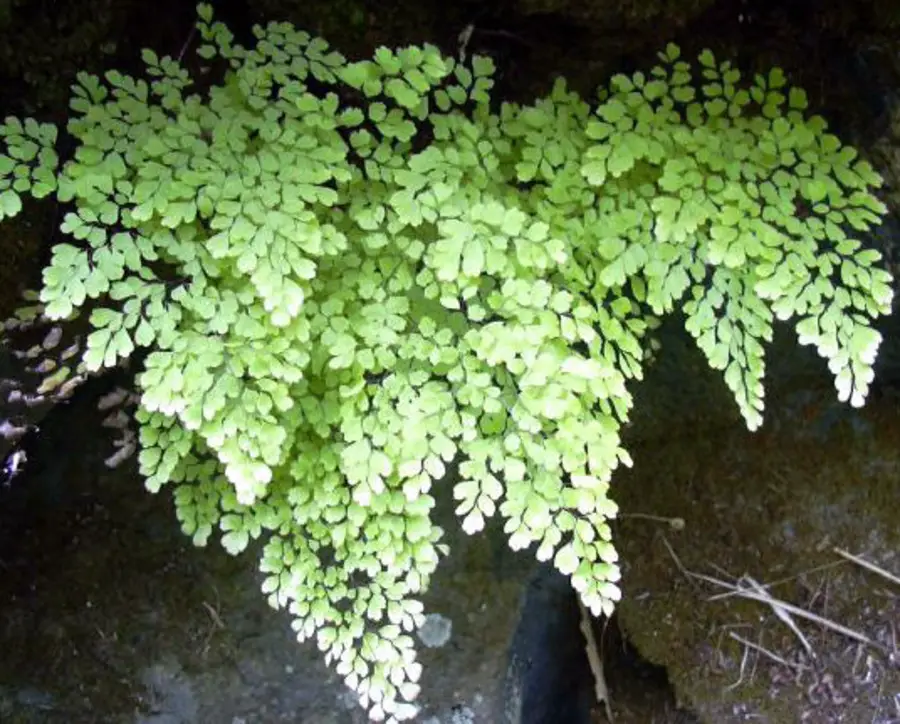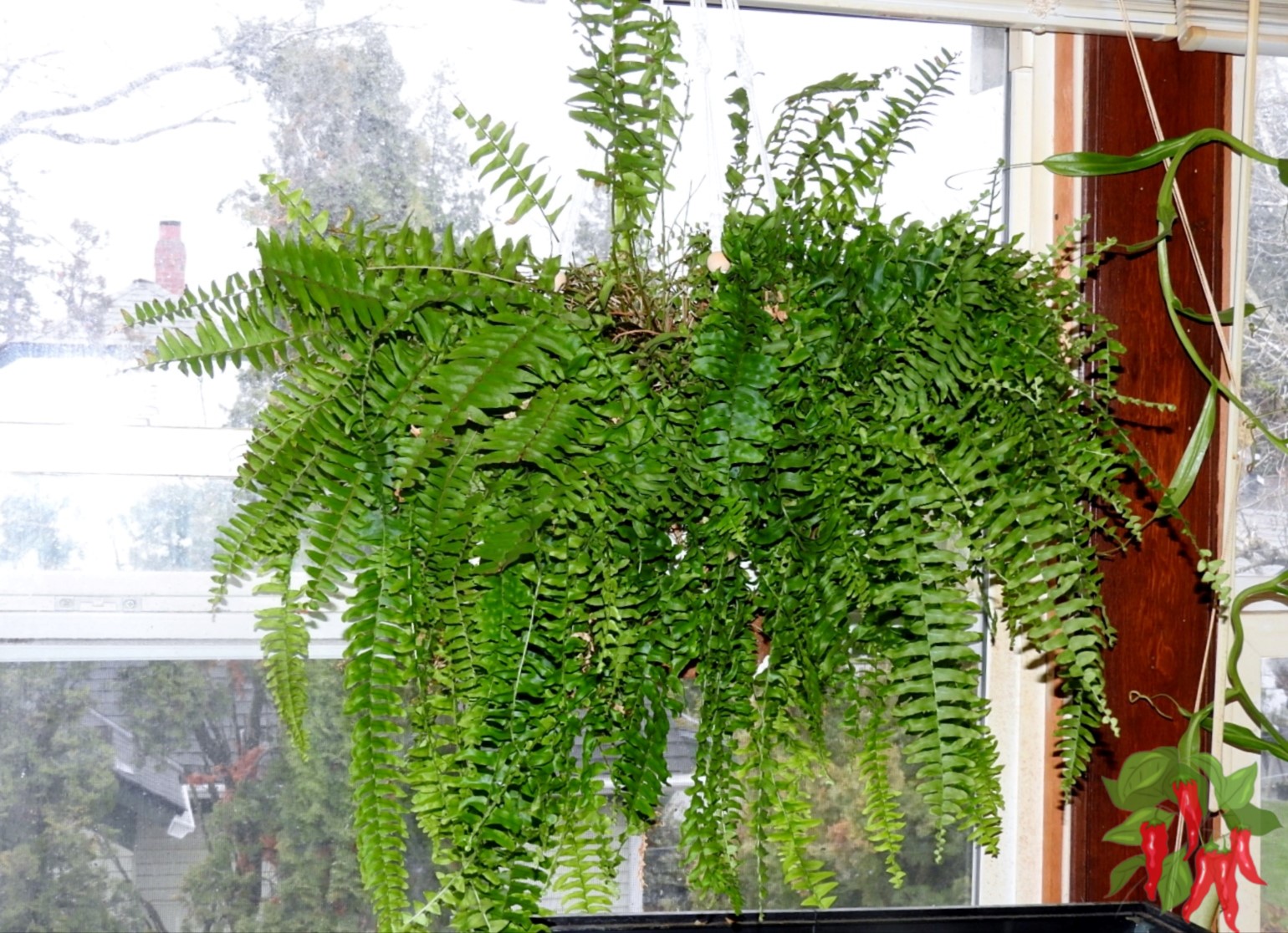This post contains affiliate links. If you buy something from one of our links we may earn a commission. Thanks
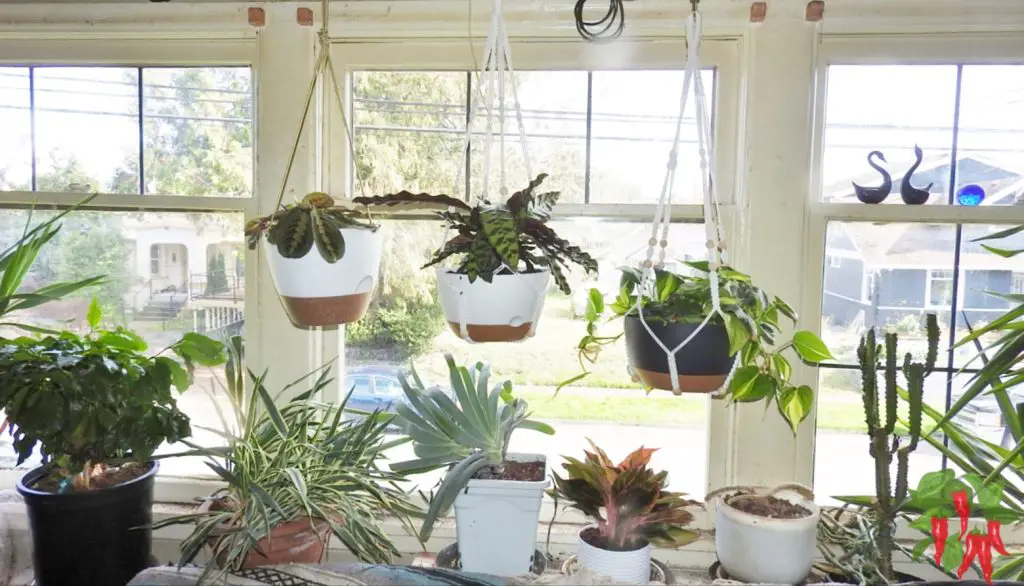
Troubleshooting Common Issues in Low Light Settings doesn’t have to be a challenge!
Is your favorite indoor plant looking a bit under the weather in that shady corner?
Don’t worry – with a little know-how, you can turn those droopy leaves into thriving greenery.
Even the most resilient low light plants can face challenges in dimly lit environments.
Recognizing these issues early and addressing them promptly is key to maintaining healthy, thriving plants.
Troubleshooting Common Issues in Low Light Settings
Let’s dive into some easy fixes for common low-light plant problems and get your indoor garden glowing again!
• Easy to care for and adaptable to various indoor conditions
 Costa Farms Chinese Evergreen, Red, Low Light, Easy to Grow Live Indoor Plant Aglaonema, 1-2 Feet Tall
Costa Farms Chinese Evergreen, Red, Low Light, Easy to Grow Live Indoor Plant Aglaonema, 1-2 Feet Tall
Plants in Low Light Settings Key Takeaways
- The key to troubleshooting common issues plants face in low light settings involves identifying and addressing problems like leggy growth, pale leaves, slow growth, and overwatering.
- Solutions include adjusting plant placement, supplementing with grow lights, modifying watering routines, and improving air circulation.
- Regular monitoring and appropriate plant selection are key to maintaining healthy plants in low light conditions.
1. Leggy or Stretched Growth
When plants don’t get enough light, they often respond by stretching out, reaching for any available light source.
This results in long, spindly growth with large gaps between leaves. While it might look like your plant is growing well, this leggy growth is actually a cry for help.
Problem: Plants become elongated with large gaps between leaves.
Causes:
Insufficient light causes plants to stretch toward light sources
Solutions:
- Move the plant closer to a light source if possible
- Prune leggy growth to encourage bushier development
- Rotate the plant regularly for even light exposure
- Consider supplementing with artificial grow lights
2. Pale or Faded Leaves
Light is crucial for plants to produce chlorophyll, the pigment that gives leaves their vibrant green color.
In low light conditions, plants may struggle to produce enough chlorophyll, leading to pale or faded leaves.
This not only affects the plant’s appearance but also its ability to photosynthesize effectively.
Problem: Leaves appear lighter than normal or lose variegation.
Causes:
Inadequate light for chlorophyll production
Solutions:
- Gradually move the plant to a brighter location
- Use artificial grow lights to supplement natural light
- For variegated plants, ensure they receive enough light to maintain patterns
3. Slow or Stunted Growth
Plants need light to fuel their growth through photosynthesis. In low light conditions, this process slows down, resulting in sluggish or stunted growth.
While it’s normal for plants to grow more slowly in lower light, extremely slow or halted growth can indicate that your plant is struggling to thrive.
Problem: The plant shows little to no new growth over extended periods.
Causes:
- Insufficient light for photosynthesis
- Dormancy due to low light conditions
Solutions:
- Ensure the plant is receiving as much indirect light as possible
- Consider moving to a brighter spot or adding grow lights
- Adjust care expectations – growth will naturally be slower in low light
4. Leaf Drop
When plants don’t receive enough light, they often shed leaves to conserve energy. This leaf drop can be sudden and alarming for plant parents.
While some leaf loss is normal, especially for older leaves, excessive or rapid leaf drop is a sign that your plant is stressed and needs attention.
Problem: Plants lose leaves, often suddenly.
Causes:
- Stress from low light conditions
- Overwatering (more common in low light settings)
Solutions:
- Check and adjust watering routine
- Allow soil to dry slightly between waterings
- Improve light conditions if possible
- Remove fallen leaves to prevent fungal growth
5. Soil Staying Wet for Extended Periods
In low light conditions, plants typically use less water, which can lead to soil staying damp for longer periods.
This creates a perfect environment for fungal growth and root rot. Understanding how light levels affect your plant’s water needs is crucial for preventing overwatering issues in low light settings.
Problem: Soil remains damp long after watering.
Causes:
- Overwatering
- Reduced water uptake due to low light conditions
Solutions:
- Decrease watering frequency
- Ensure the pot has adequate drainage
- Use a well-draining potting mix
- Consider a moisture meter to accurately gauge soil moisture
6. Fungal Issues (e.g., Root Rot)
The combination of low light and consistently damp soil creates an ideal environment for fungal growth.
Root rot, one of the most common and serious fungal issues, can quickly kill a plant if left untreated.
Recognizing the early signs of fungal problems is key to saving your low light plants.
Problem: Mushy stems, wilting despite moist soil, fungus gnats.
Causes:
- Overwatering combined with poor air circulation
Solutions:
- Improve air circulation with a small fan
- Allow soil to dry out more between waterings
- For severe cases, repot with fresh, sterile potting mix
- Treat with a fungicide if necessary
7. Pest Infestations
Plants stressed by low light conditions are more susceptible to pest infestations. Moreover, some pests, like spider mites, thrive in the dry, low-light environments often found in indoor settings.
Regular inspection and proactive pest management are crucial for keeping your low light plants healthy and pest-free.
Problem: Presence of spider mites, mealybugs, or scale insects.
Causes:
- Weakened plants are more susceptible to pests
- Some pests thrive in low light, humid conditions
Solutions:
- Regularly inspect plants, especially leaf undersides
- Use insecticidal soap or neem oil for treatment
- Increase air circulation
- Isolate affected plants to prevent the spread
8. Brown Leaf Tips or Edges
Brown, crispy leaf edges or tips can be a common sight on plants in low light settings.
While this issue isn’t always directly caused by low light, the conditions that often accompany low light environments, such as low humidity or salt buildup from fertilizers, can lead to this problem.
Problem: Leaves develop brown, crispy edges or tips.
Causes:
- Low humidity
- Accumulation of fertilizer salts
Solutions:
- Increase humidity with a pebble tray or humidifier
- Flush the soil occasionally to remove salt buildup
- Avoid overfertilizing – use half-strength fertilizer less frequently
9. Yellowing Leaves
Yellowing leaves can be a plant’s way of signaling distress, and in low light settings, this is often related to overwatering.
When plants receive less light, they use less water, making it easy to overwater unintentionally.
Understanding this delicate balance is key to preventing yellowing leaves in your low light plants.
Problem: Leaves turn yellow and may fall off.
Causes:
- Overwatering (common in low light conditions)
- Nutrient deficiencies
Solutions:
- Adjust watering schedule – allow soil to dry slightly between waterings
- Ensure proper drainage
- Fertilize sparingly with a balanced, water-soluble fertilizer
10. Lack of Flowering
One of the most disheartening issues for plant enthusiasts is when their beloved plants fail to produce the beautiful blooms they’re known for.
This problem is particularly common in low light settings, where plants may struggle to gather enough energy to support flower production.
While some plants are prized for their foliage alone, many are cherished for their flowers, and a lack of blooming can be a clear sign that your plant needs some extra care and attention.
Problem: Plants fail to produce flowers or produce fewer flowers than expected.
Causes:
• Insufficient light for flower production
• Improper fertilization or nutrient imbalances
• Incorrect temperature or humidity levels
• Pruning at the wrong time (removing flower buds)
• Plant not mature enough to flower
Solutions:
• Move the plant to a brighter location if possible, even if just temporarily during the flowering season
• Use a fertilizer higher in phosphorus to encourage blooming (look for fertilizers with a higher middle number in the N-P-K ratio)
• Ensure the plant experiences the appropriate temperature fluctuations if needed for blooming (some plants require a cool period to trigger flowering)
• Adjust humidity levels as needed – some flowering plants prefer higher humidity
• Be patient – some plants may not flower in very low light conditions or may take longer to reach maturity
• Research your specific plant’s blooming requirements – some may need longer dark periods to initiate flowering
Prevention Tips:
• Choose plants that are known to flower well in low light conditions if blooms are important to you
• Provide seasonal care – many plants have specific needs during their pre-blooming season
• Avoid overfeeding with nitrogen-rich fertilizers, which can promote leafy growth at the expense of flowers
• Ensure your plant is in an appropriately sized pot – some plants need to be slightly root-bound to flower
Remember, while flowering is often seen as a sign of a happy, healthy plant, many plants can thrive without producing flowers.
If your low light plant is otherwise healthy and vibrant, it may simply be adapting to its environment by focusing its energy on foliage growth rather than flower production.
Appreciate your plant for its lush greenery, and consider any blooms that do appear as a special bonus!
Troubleshooting Common Issues in Low Light Settings: Conclusion
Nurturing plants in low light settings can be a rewarding experience, but it does come with its unique set of challenges.
By understanding and addressing these common issues, you can create a thriving indoor garden even in the shadiest corners of your home.
Remember, every plant is different, and it may take some trial and error to find the perfect balance of care for each one.
You might also like:
Container Gardening for Areas with Limited Light – Heavenly Houseplants
How to Identify Plants That Thrive in Indirect Sunlight – Heavenly Houseplants
Key Takeaways:
• Choose plants that are naturally adapted to low light conditions
• Monitor your plants regularly for signs of stress or issues
• Adjust watering routines to prevent overwatering in low light settings
• Consider supplementing with artificial grow lights when natural light is limited
• Improve air circulation to prevent fungal issues and pest infestations
• Rotate plants regularly to ensure even light exposure
• Clean leaves to maximize light absorption
• Be patient – growth is naturally slower in low light conditions
• Don’t hesitate to relocate plants if they’re struggling in their current spot
• Remember that prevention is often easier than cure when it comes to plant care
While low light plants are adaptable, they still require attentive care to thrive in dimly lit environments.
By understanding these common issues and their solutions, you can maintain healthy, vibrant plants even in challenging light conditions.
Remember, every plant is unique, so observe yours closely and be prepared to adjust your care routine as needed.
With patience and the right approach, you can successfully nurture your low light indoor garden. Happy plant parenting!
Happy plant parenting in your low light oasis!
🌑 Low Light Plant Guides
Discover the best low light plants and learn how to keep them thriving with these helpful care tips and guides.
- 🌱 Best Low Light Plants (Pillar Guide)
- 💡 How to Measure Light Levels for Indoor Plants
- 🌿 Low Light Indoor Plants
- ⚠️ Troubleshooting Common Issues in Low Light
- ✨ Low Light Indoor Plants for Beginners
- 🪴 Tips for Maximizing Plant Health in Minimal Light
- 🎨 Creative Ways to Use Low Light Plants in Interior Design
- 🔎 Identifying the Best Plants for Very Low Light
- 🍃 Best Practices for Caring for Shade-Loving Plants
- 🌵 How to Care for Snake Plant
- See all articles in our Low Light Plants category
Related Content
Visit my Amazon Influencer Page for videos and gardening products Grow Your Own Garden
